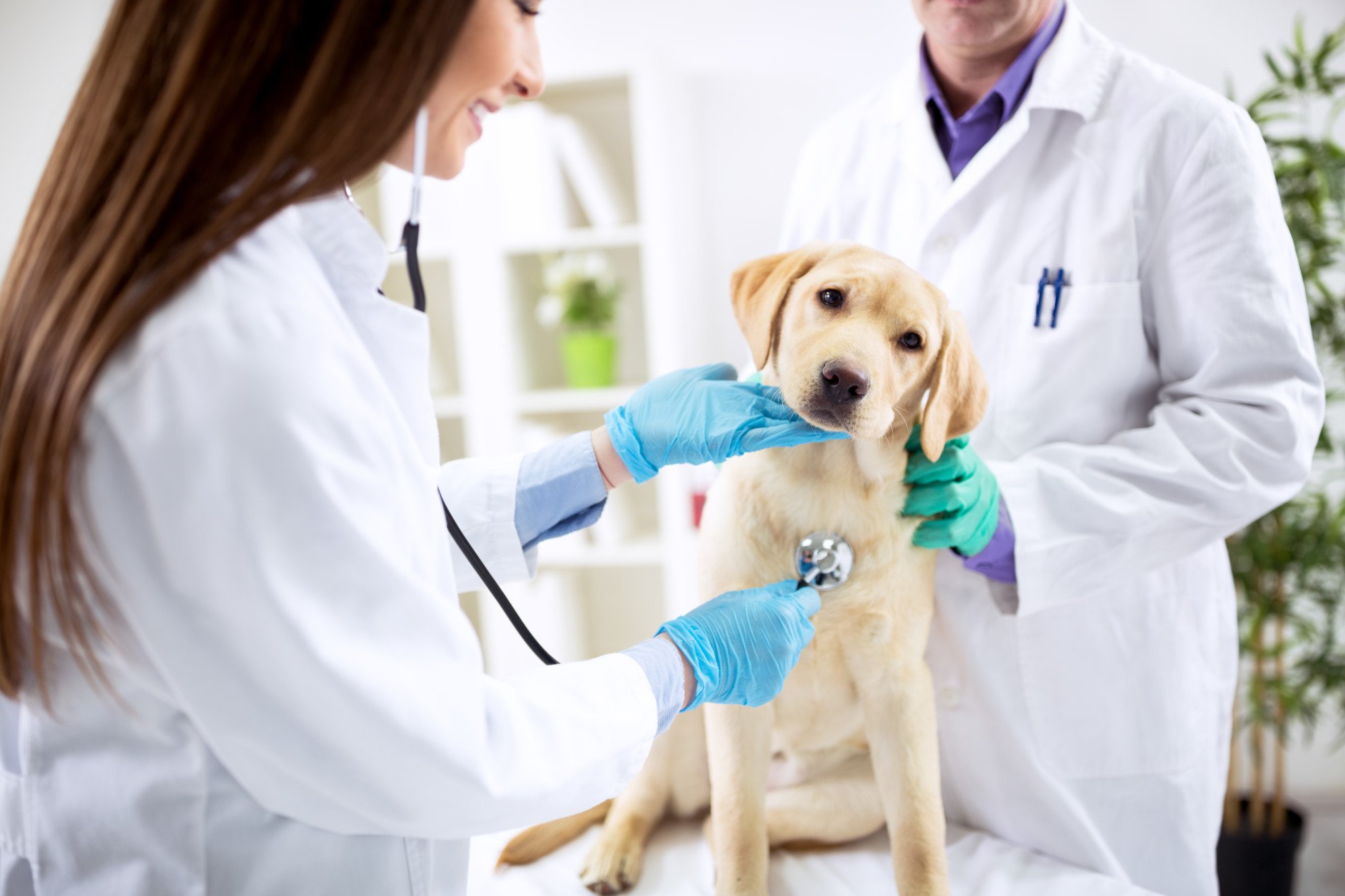Are you worried that your best friend, companion, or mate may suffer from allergies?
Suppose you have noticed no signs of allergies in dogs yet, then great! But if you’re reading this, then you must have a hunch that your furry pal may be suffering.
Whether it be sneezing, coughing, or rashes, allergies in dogs should be taken seriously. It can affect their health, and they’ll experience many unpleasant symptoms.
Here’s a comprehensive guide to how you’ll be able to spot signs of dog allergies.
1. Dogs Who Lick Their Paws Excessively
One common dog allergy sign can be excessive paw licking. Allergic reactions can cause irritation, inflammation, itchiness, or infection in the skin, leading your dog to groom or lick its paws. That is why dogs biting their paws when they have an allergic reaction.
It’s important to check your dog’s paws for any discoloration, open wounds, hot spots, or swelling, as this can be an early sign of developing allergies.
2. Scratching and Chewing Their Skin or Coat
We often see this behavior in dogs with allergies as they attempt to relieve the irritations they experience in response to allergens. Dogs may display this behavior more frequently in areas where they are sensitive, such as their feet, groin, and armpits.
The itchiness can cause discomfort and lead to bald patches and raw areas. In more severe cases, the skin may become thickened and discolored and can weep pus or become infected.
3. Skin That Is Rosy, Inflammatory, or Diseased
The common symptom is skin that is rosy, inflammatory, or diseased. If a dog’s skin is red, raw, or scaly or develops any bumps, sores, or skin ulcers, it may show signs of an allergic reaction.
A dog may also experience dandruff or flaky skin and frequent licking, itching, and scratching of the skin, which could be a sign of fleas or allergens.
4. Extensive Shedding
Types of allergies dogs have can manifest in several ways, but one of the most common signs of an allergy is excessive shedding. Dogs suffering from an allergic reaction may have irritated skin and lose more fur than usual. They may be scratching more than usual, licking or biting on their skin, or have red, scaly patches.
If you notice your pup is shedding more than usual, this could be a sign of an allergy, and you should take them to a vet for an evaluation.
Signs of Allergies in Dogs You Need to Know
Signs of allergies in dogs can vary based on the dog’s circumstances; however, common signs such as itching, sneezing, respiratory difficulties, and skin issues can all indicate an allergic reaction.
If you notice your dog displaying any of these symptoms, it is important to take them to a veterinarian for an accurate diagnosis and to ensure the health and safety of your beloved pet.
Are you looking for more health and lifestyle topics? Check out our other topics for more information!



